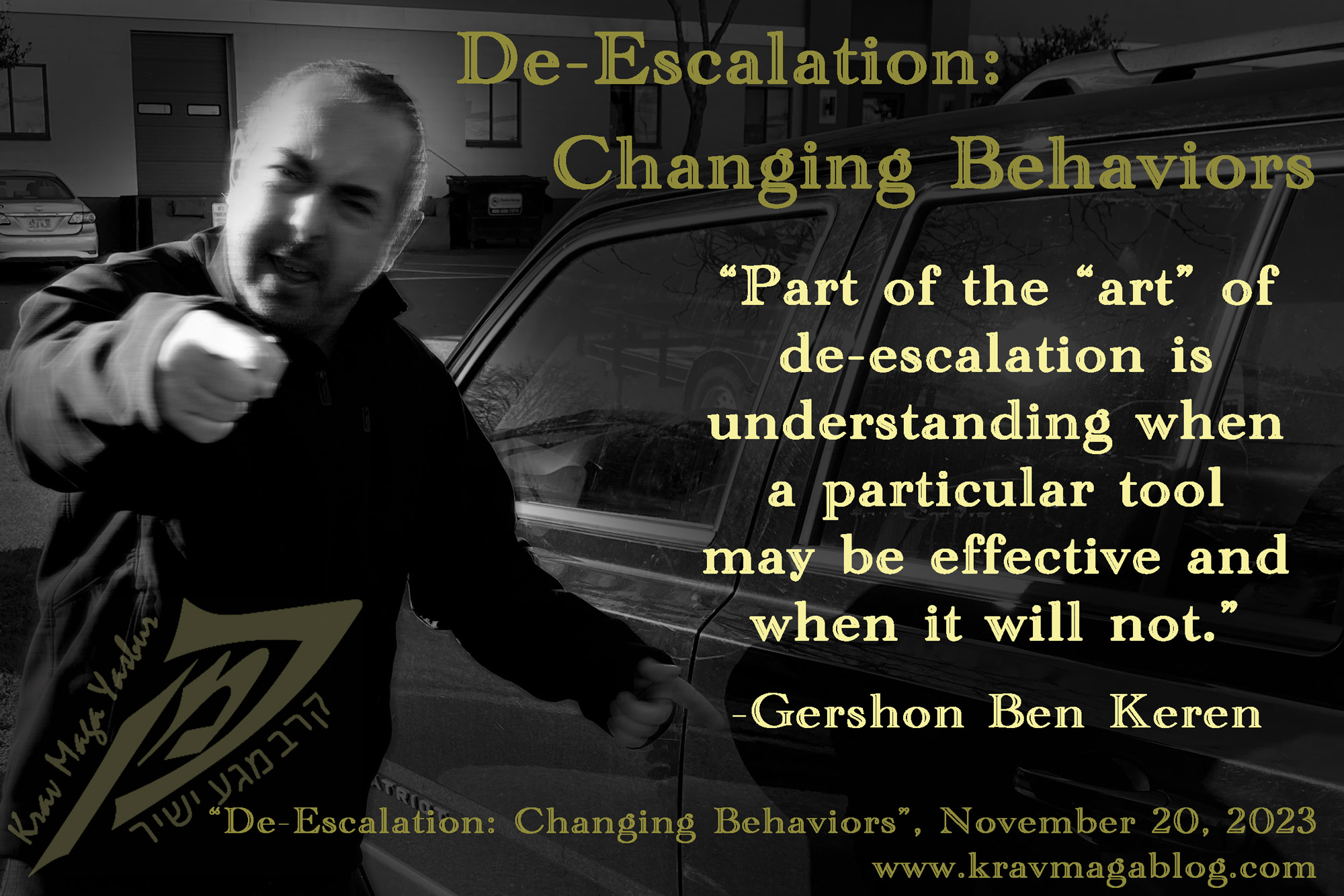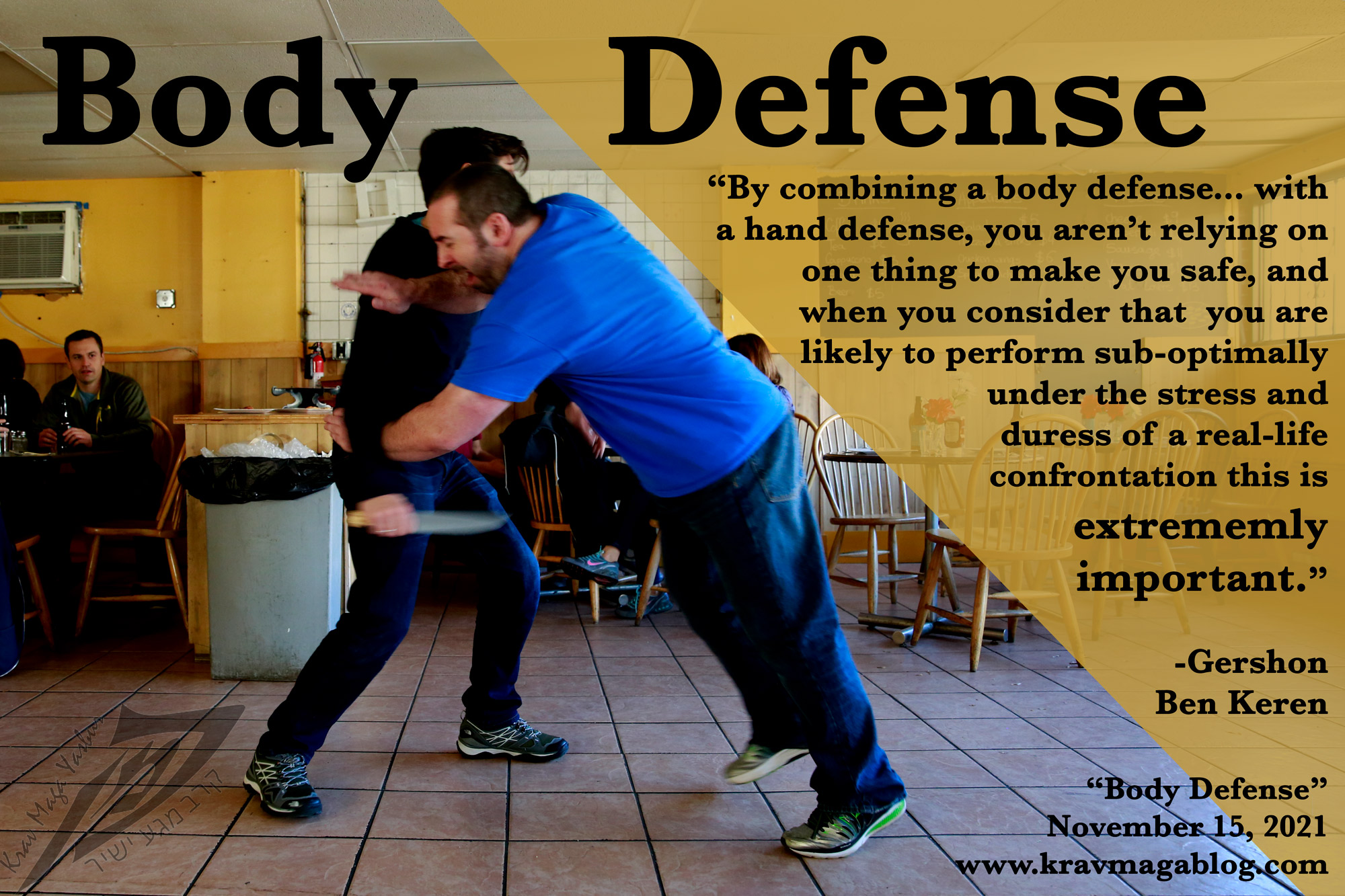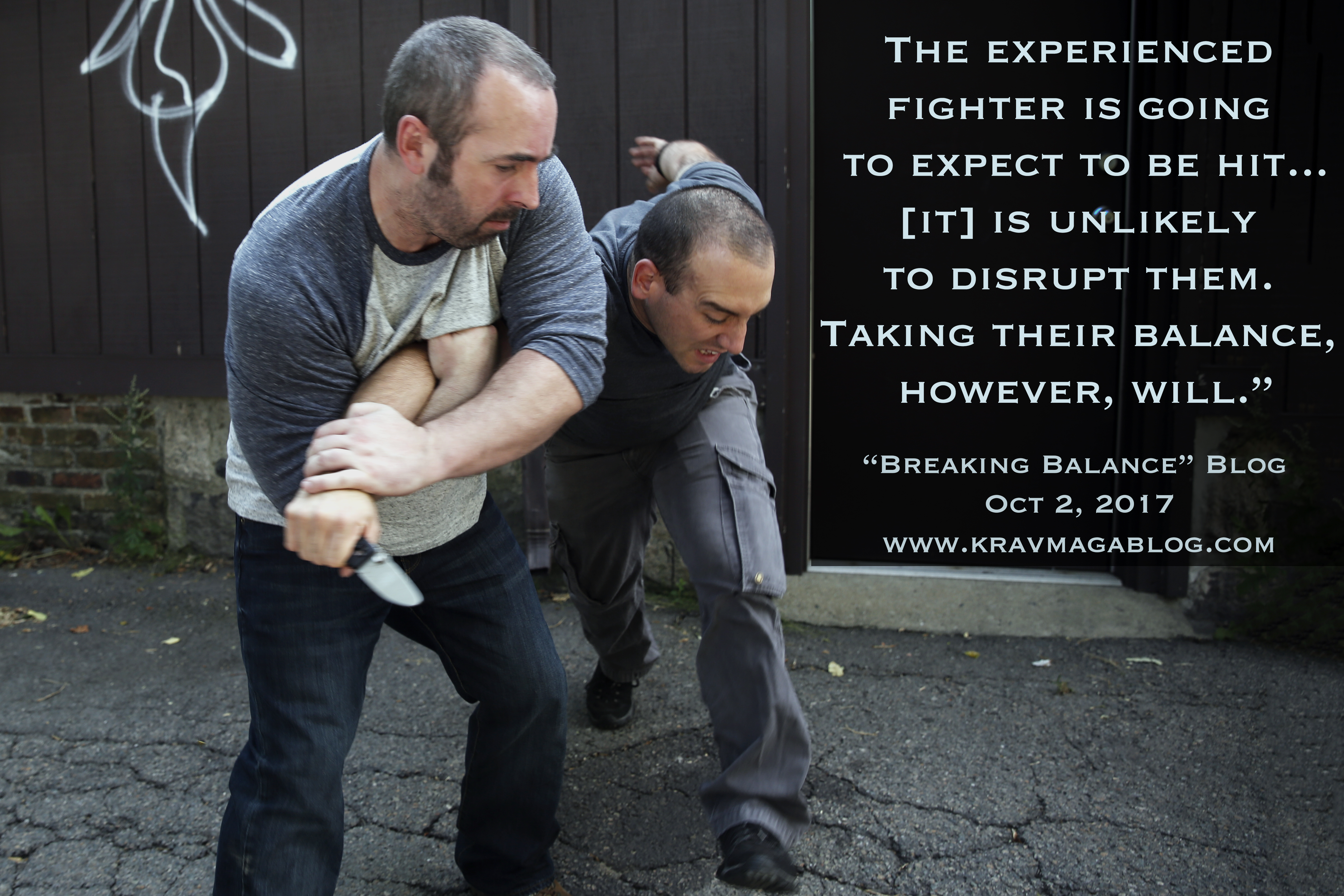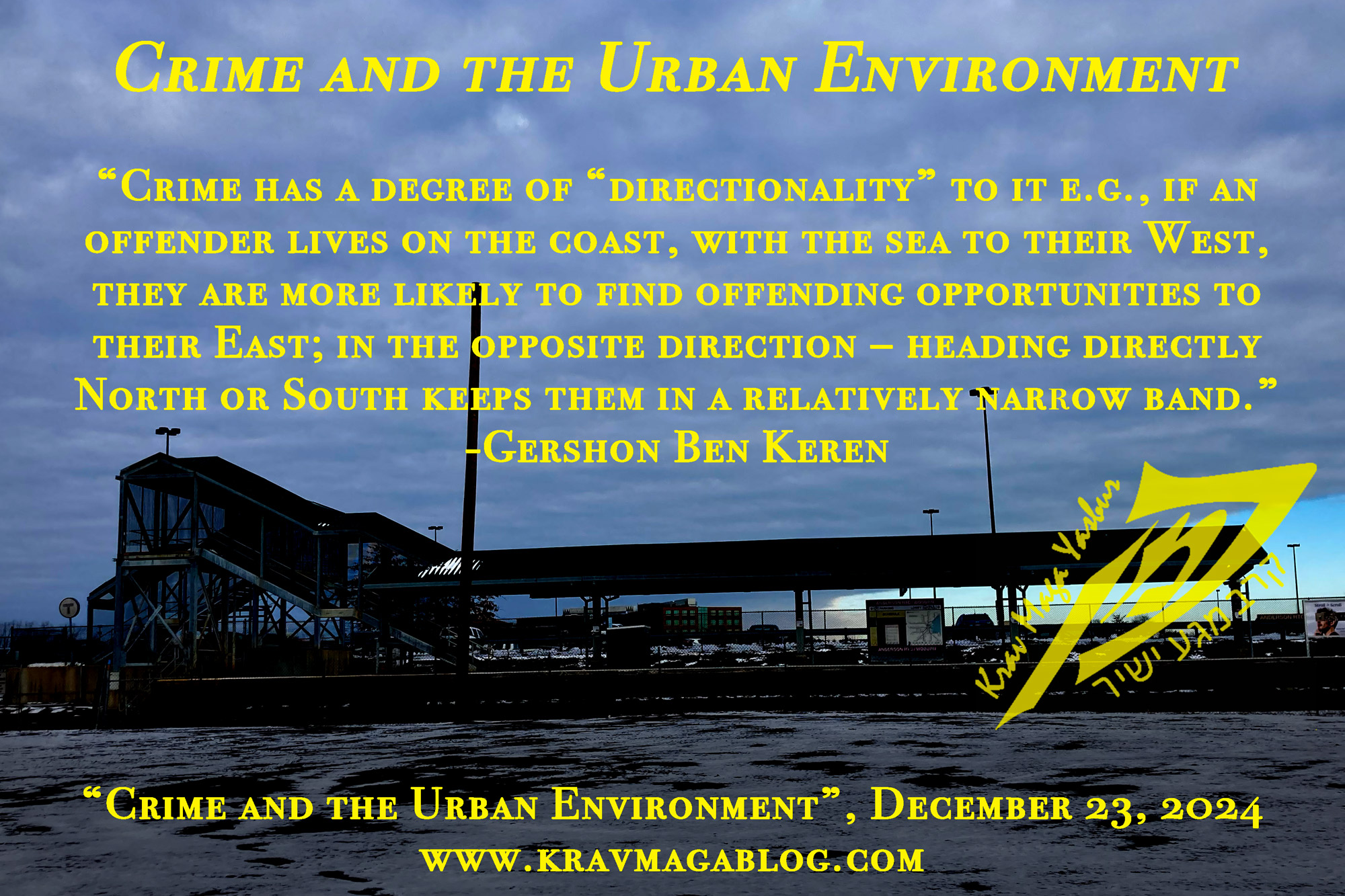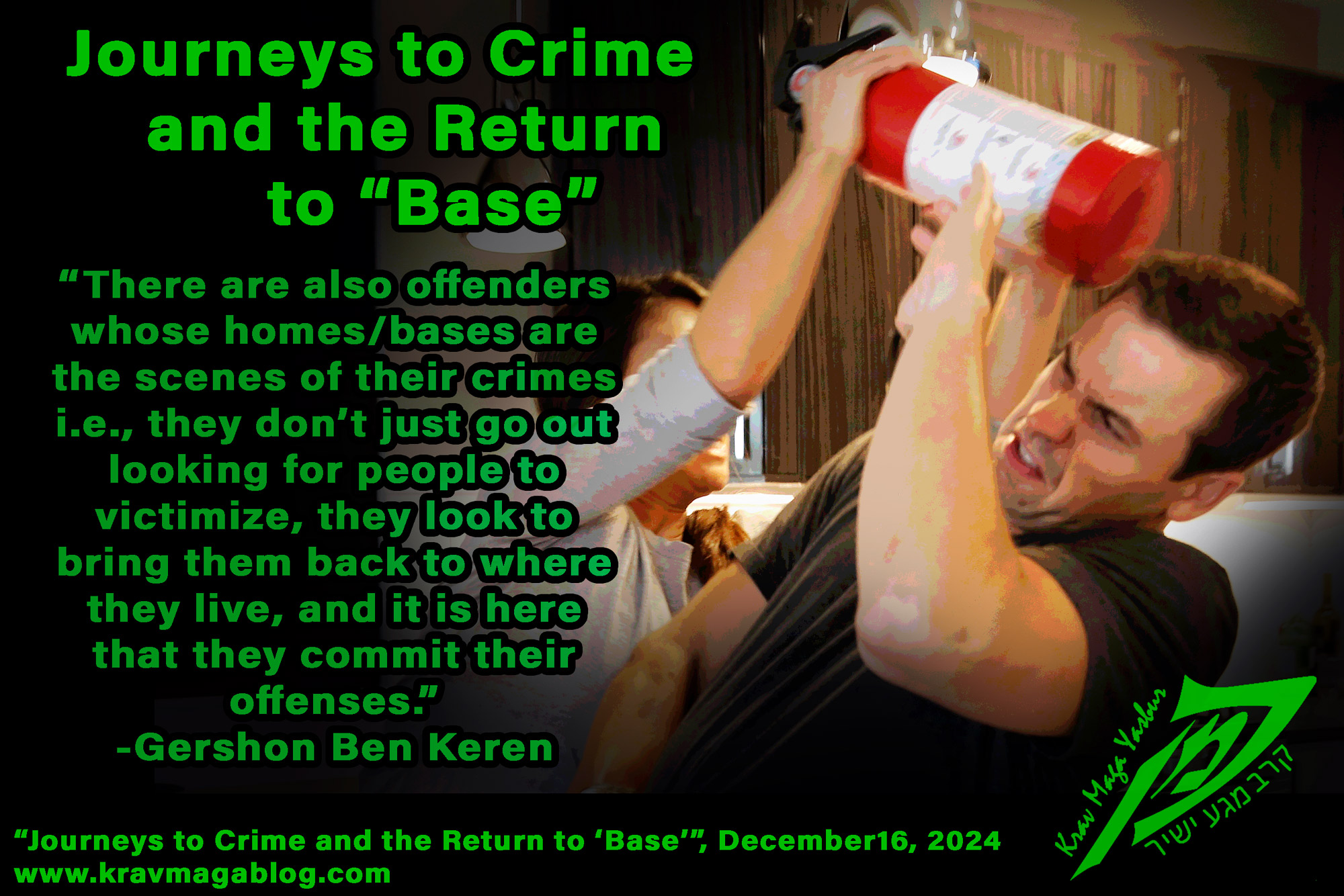Workplace Violence, is an article written by Gershon Ben Keren, a 5th Degree Black Belt in Krav Maga, who teaches Krav Maga in Boston, MA. He has also authored three Amazon best-Selling Books on Krav Maga.
I was recently interviewed concerning a stabbing at a Home Depot store in Quincy, MA. Both the victim and the attacker were employees. This brought up the subject of workplace violence. It always surprises me that there aren’t more instances of violence in the workplace; after all work is one of the few places we have to deal with, and communicate with people we haven’t chosen to be with i.e. the work environment is one that we have little or no control over the people we interact with. From what can be gathered concerning the incident at the Quincy Home Depot, it involved two employees who had a history of disputes, disagreements, arguments and aggressive behavior/actions between them. In any other setting they would never have met or interacted, and if they had come across each other they’d have probably both walked away, in the opposite direction, and had no further communication/interaction. Unfortunately the workplace doesn’t afford us this luxury of choice, and we aren't able to disengage, and instead may have to work alongside people that we simply don’t get like or get along with.
Firstly, it is worth stating that what I’m about to write doesn’t reflect or call into question Home Depot hiring or employee management policies, but raises some general points and considerations concerning workplace violence.
When a manager reads a curriculum vitae, and interviews prospective candidates for a position, the safety of existing employees is rarely a consideration. A manager wants to know primarily if a person can perform a job, and bring a skill set to the group/department that will allow them to fulfill certain functions and responsibilities. They are not asking the question, is this person likely to become violent and assault another employee(s). If a company/manager is hiring a computer programmer they are first going to check if the person can code in whatever language they use. They then may ask how much of a “team player” the person seems to be but they will rarely try to ascertain whether the individual they are interviewing is likely to put everybody else in danger or at risk.
My personal belief is that this needs to change. Too often we assume that personal safety issues have been taken care of by others. If you are a parent have you ever asked your kid’s teacher if they have ever harmed or hurt a child? Probably not. We assume that the school has somehow addressed that issue for us. Often they haven’t. They may have done the necessary criminal checks but they haven’t actually interviewed the teacher from this perspective. The schools primary focus is often on the success that the teacher has brought academically, not on their actual attitude to children and how they treat them. When a manager looks to employ an individual the focus is on their ability to do the job.
Hopefully you’re a bit picky about who you invite into your house. When a manager interviews a prospective employee they should be equally picky about who they bring into their “house”. A good team member should not only bring skills, abilities to the job, but they should also not cause a feeling of unease in their fellow employees. One of the things that is always surprising about incidents of workplace violence is that fellow employees often remark about how uneasy and uncomfortable they were with those involved. The co-workers of Patrick Sherill, the Oklahoma postal worker who went on a shooting spree after he was fired, had already nicknamed him, “Crazy Pat”, before he even committed his crime - there was a warning to management righ there. If you want to know whether there is a likelihood of workplace violence listen to other employees. If they use dark humor in reference to another employee, take note e.g. they hear a loud bang/noise, and jokingly remark that this was caused by “Crazy Pat” shooting his manager etc. start to investigate Pat Sherill before it comes to simply dismissing/firing him etc. Humor is a means of identifying danger – when we are in denial about a threat humor often reveals what that denial is.
If a company puts extreme pressure on its supervisors and managers to get things done right and quickly and yet doesn’t create a culture which allows any negative information to flow upwards, troubled employees might never be identified and brought to the attention to those in positions of power (who are ultimately responsible for the business). Many supervisors and managers will not want to admit that they made a bad hiring choice, and have a bad person in their department, and so will continue to “sing the praises” of a troubled employee, that makes everybody in the business is uncomfortable about etc. In fact a manager may force themselves to become the biggest advocate of an employee in order to save face, instead of admitting they made a wrong choice. In some instances they will help that employee get a promotion that moves them out of their department.
A positive workplace culture is key in allowing fellow employees and supervisors/managers to identify and deal with people who engage in aggressive and bullying behavior. Everyone must feel empowered to bring to the attention of management those individuals who make them feel uncomfortable and threatened. Personal safety is a right and something that every company should guarantee.
During the first stages of a person’s employment they should be observed and if any untoward behaviors and actions are identified e.g. being excessively resistant to change etc. then somebody needs to sit down with said employee and explain to them what the terms and conditions of the company means and how their way of explaining/describing things doesn’t fit in with them. The longer an employee’s behavior goes unchecked, the more it is given tacit approval by those in positions of power. An employee who is reprimanded for a minor offence of aggressive behavior may feel that this is unfair considering previous “major” incidents were never identified or dealt with. Consistent handling of an employee’s behavior in line with company policy is essential (and any company who doesn’t have policy and process for dealing with aggression and violence needs to start addressing that immediately).
Workplace Violence is ultimately the responsibility of the company involved. The manager employing an employee must interview correctly, and those who work with the employee must be allowed to give their feedback early on. After that the company must be prepared to eject the employee as quickly as they can. The longer a person stays at a job the more entitled they feel to say even when they break all the rules. If an employee does need to be fired this should be done at the earliest opportunity before they feel they are entitled to work at that company – the last thing a company needs is a disgruntled employee returning with firearms to wreak havoc in the workplace.
Most company’s ignore basic processes in the hiring and firing stages of employment because they are really only concerned with the productivity of an employee when they are in the work phase. There are many simple steps a company could take to ensure that the safety of its existing employees is maintained before new members of a company come on board and after they leave. This however requires employers to consider the well fare and safety of their employees from another a new perspective.
0 COMMENTS